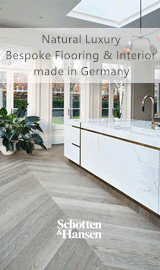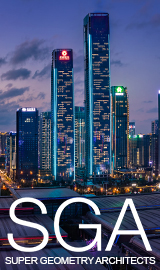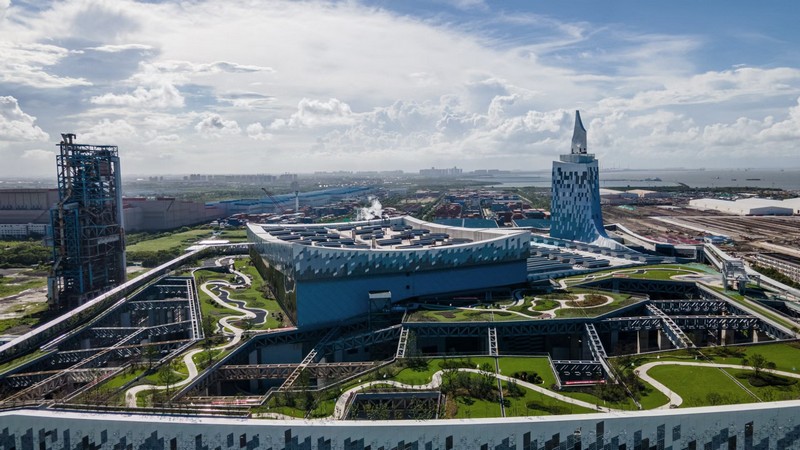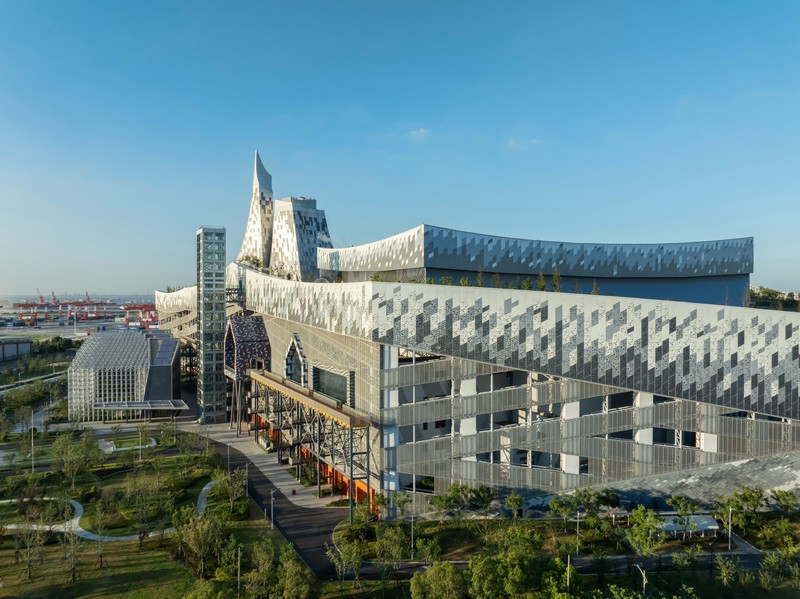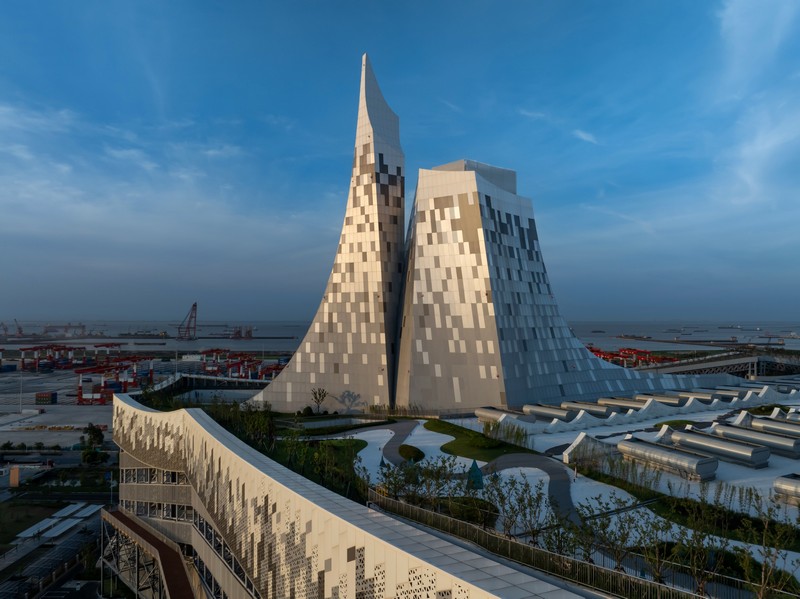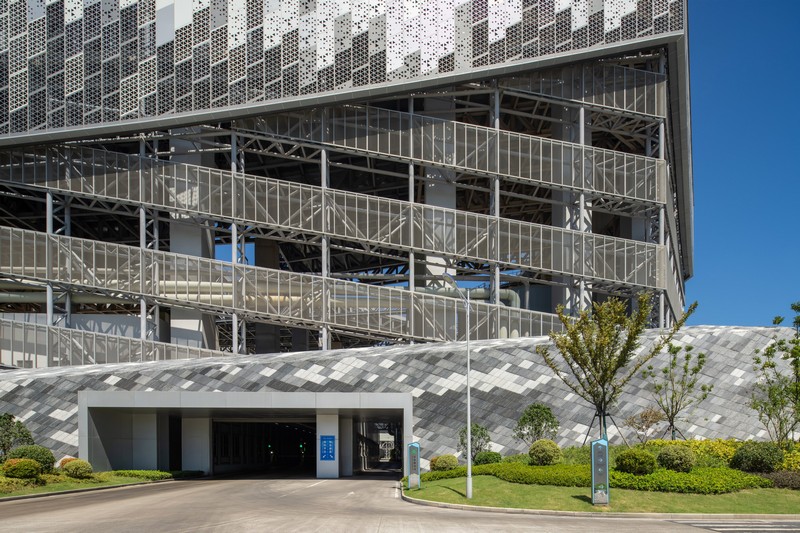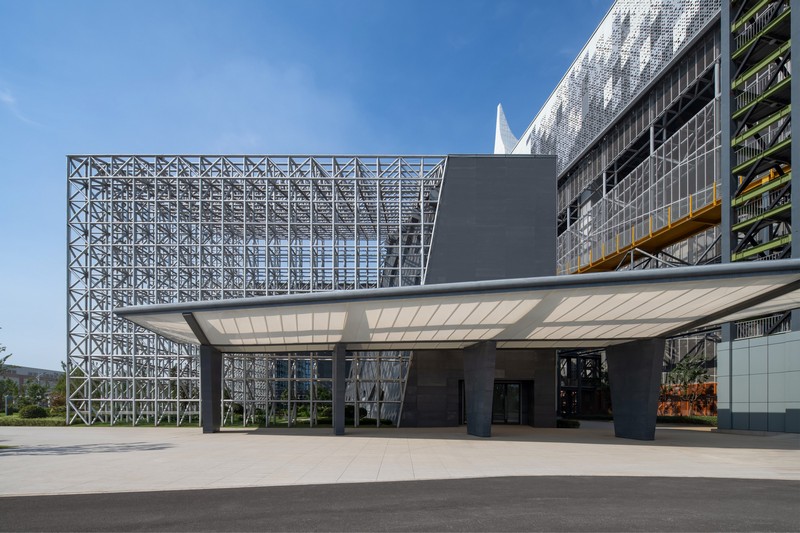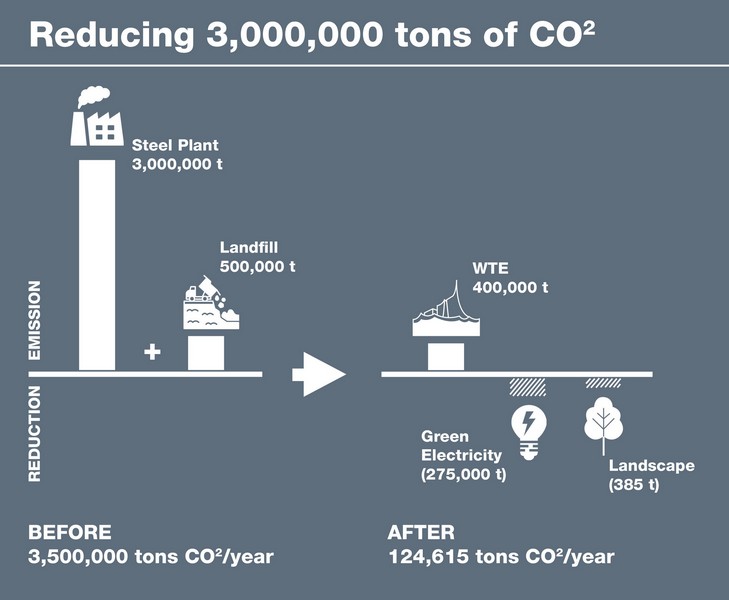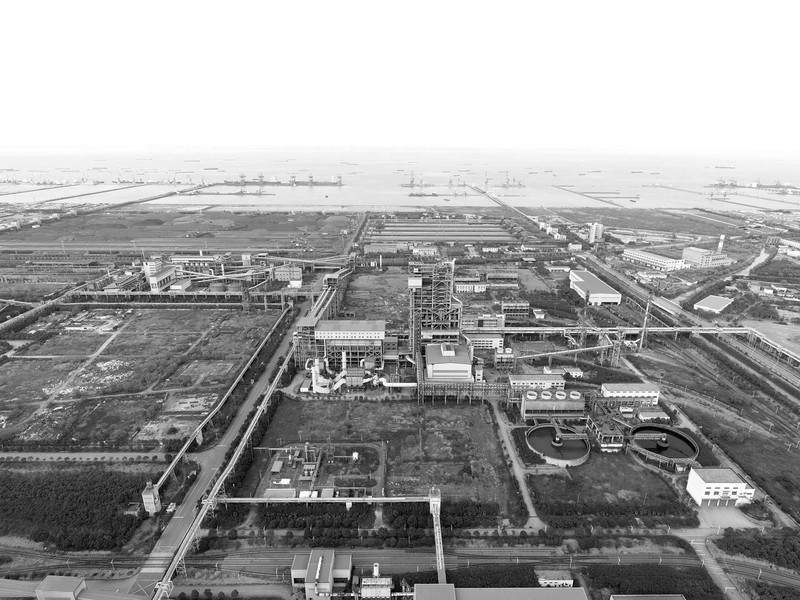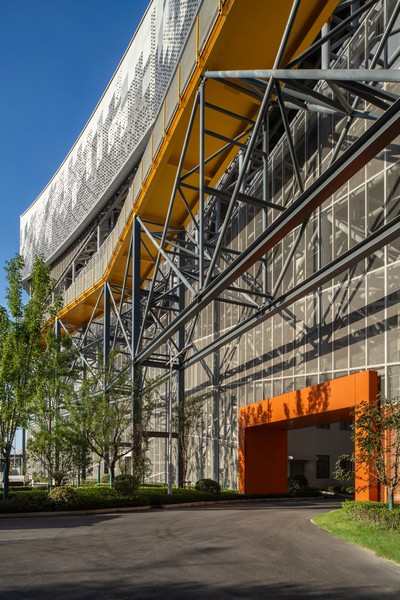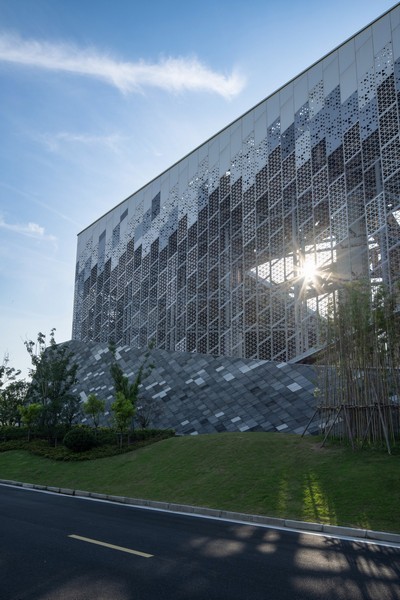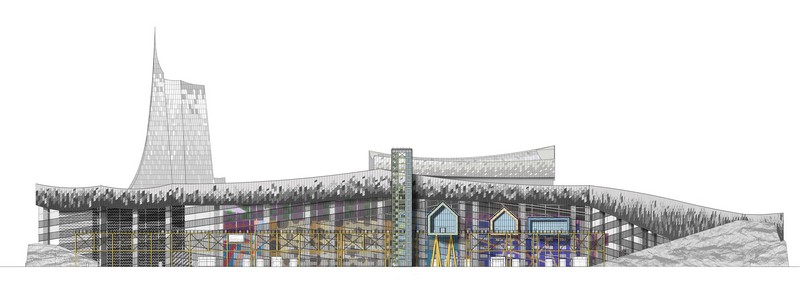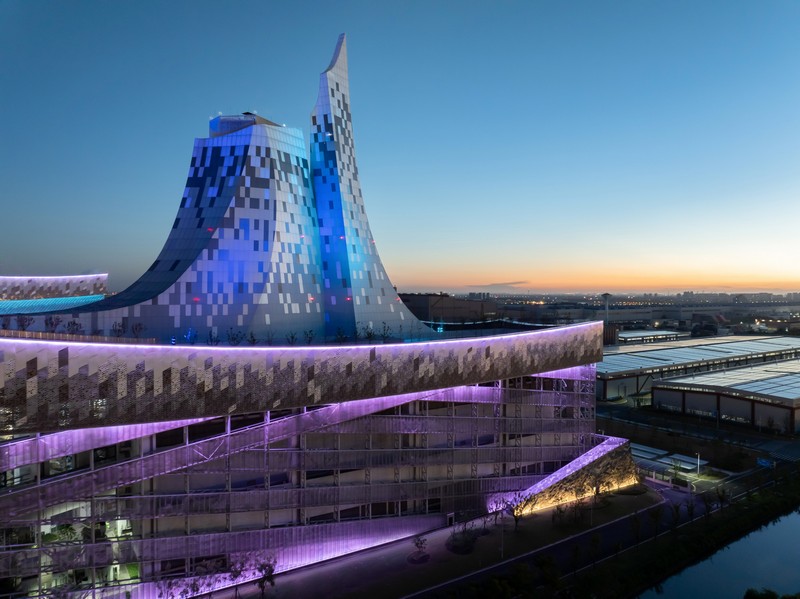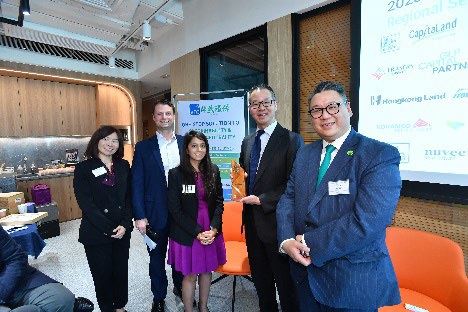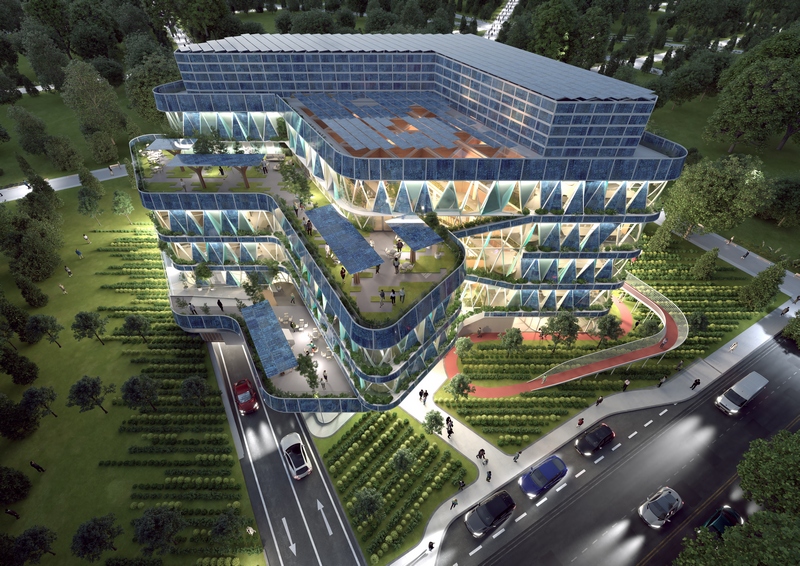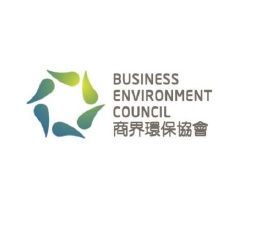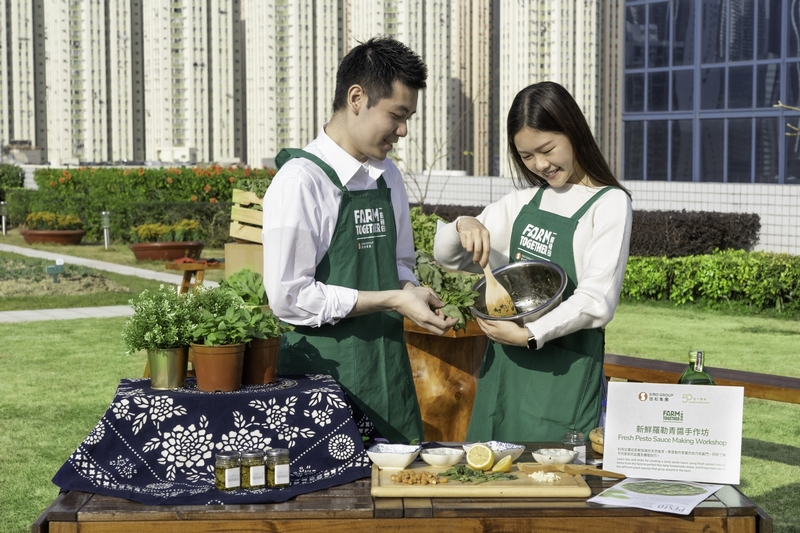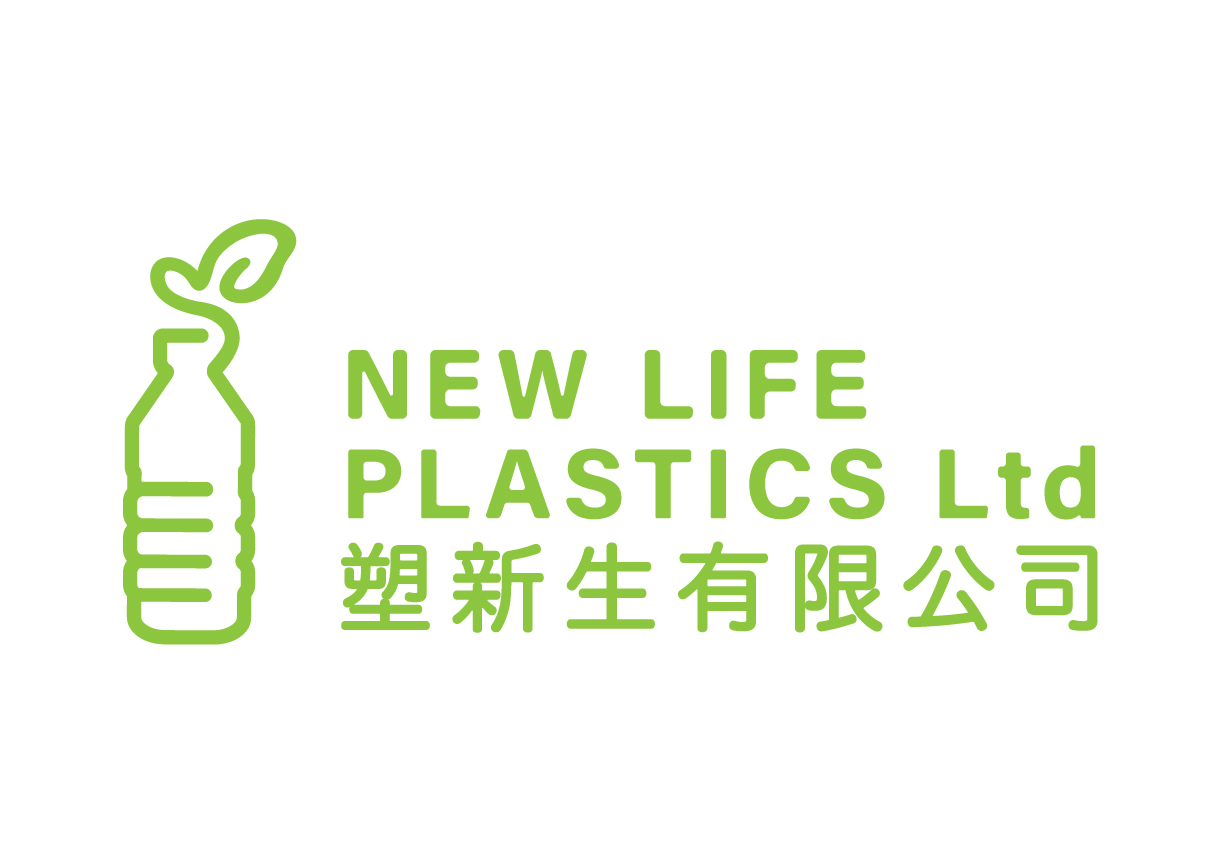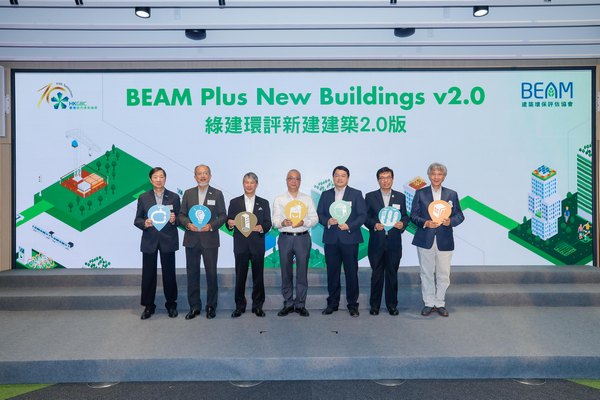Shanghai’s Baoshan Waste-to-Energy Centre turns trash into treasure, rewriting the playbook for industrial architecture with sustainability, education, and style at its core.
Photography: Derryck Menere
As cities across the globe race toward carbon neutrality, Shanghai is staking out bold new territory. The newly completed Baoshan Waste-to-Energy Centre (Baoshan), designed by visionary studio Ballistic Architecture Machine (BAM), is more than a feat of engineering, it’s a blueprint for how cities can reclaim their industrial legacies in service of a net-zero future.
In a striking blend of green ambition and avant-garde design, Baoshan redefines what a power plant can be. Once a steel blast furnace site, the facility now diverts thousands of tons of daily waste away from landfills and incinerates or digests it into electricity and biogas, cutting a game-changing 3 million tons of carbon emissions annually.
This 128,000 m² complex isn’t just a utility, it’s a destination! Forget grey boxes and industrial banality. BAM tore up the rulebook with a camouflaging approach that fuses architecture with urban landscape. The result? A porous, geological form topped with a lush 4-hectare public park. Think canyon skylights, veiled façades, and a facility that hides in plain sight while reshaping the skyline. It’s the embodiment of the circular economy—design that not only handles waste, but educates, inspires, and gives back to the city.
At the public plaza, the “mini-city” emerges, an eclectic fusion of exhibition and leisure spaces that sets the tone for the immersive Museum of Waste. Here, visitors time-travel from prehistoric trash to our plastic present, culminating in a cinematic look at the inner workings of the WTE process. The journey ends sky-high on the green roof, peering down through canyon-like openings into the facility below—a perfect metaphor for BAM’s transparency and bold environmental narrative.
BAM’s Monumental Shift in Urban Sustainability
This plant isn’t about hiding dirty secrets behind closed doors. It’s about radical openness, environmental accountability, and rethinking the role of infrastructure in the urban core.
With dry and organic waste processing capacities of 3,000 and 8,000 tons per day, Baoshan runs on tech, but it pulses with design. Its dual tech stack, incineration for energy, anaerobic digestion for biogas, makes it a flagship model for resource efficiency.
Of course, embedding such a facility within the city raises questions, but that’s where BAM gets revolutionary. By creating a place the public can visit, learn from and even hang out in, Baoshan directly confronts the “Not In My Backyard” stigma.
The boundary between building and landscape isn’t just blurred, it’s reimagined. From afar, the complex looms like a mountain. From within, it breathes like terrain. It’s neither factory nor park, it’s both, and something entirely new.
And it’s not just a cool park over a factory. It’s a transitional prototype for a future where urban infrastructure is regenerative, not just neutral, where buildings like this could evolve into pure civic space once waste itself is a thing of the past. Baoshan isn’t just cleaning up the environment, it’s cleaning up the image of waste management altogether.
Thanks to BAM’s fearless creativity and integrated landscape strategy, this project is setting a radical new standard for industrial architecture, urban engagement and climate-forward design. In short: this is infrastructure with influence. As humanity confronts the climate crisis, the Baoshan project shows what’s possible when infrastructure becomes an agent of change. It’s a transitional prototype for what green urbanism must become, multi-functional, materially efficient, emotionally resonant.
In a global race to reimagine infrastructure for a climate-positive future, urban design can no longer wait on the sidelines of climate challenges. Baoshan doesn’t just keep pace, it’s now leading the charge and is an inspiring call to action.




